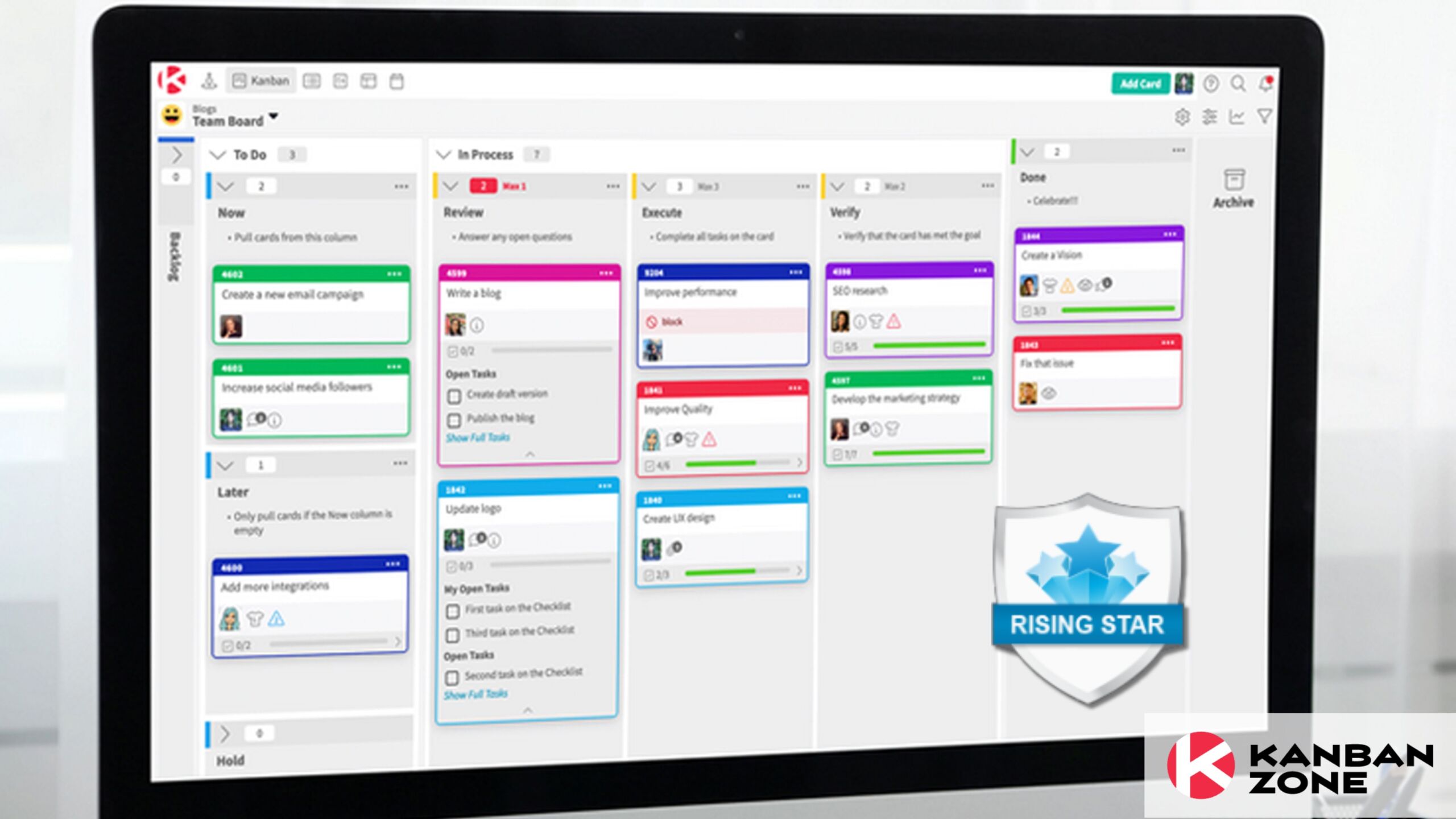
Old-school office jobs are going out of fashion, with 16% of all global businesses now powered by a completely remote workforce. Without the constraints of a physical location, companies have their pick of top talent from around the world, making it easier to find exactly the right person to fill their positions. But, with a global team comes different time zones.
How are you supposed to handle meetings when your staff are spread across the UK, the US, India, and Indonesia?
The answer lies in clever management and a forward-thinking approach to scheduling. Take a look at these strategies to ensure you are managing time zones and scheduling properly at all times.
Invest in Reducing Tech Downtime
A global business powered by a remote workforce relies almost completely on its technology. When your tech goes down, so does your business. Before even considering how you’re going to schedule meetings across distributed teams, invest in reducing tech downtime to enable 24/7 remote communication.
There are a few ways to do this. The first is by choosing your tools and technology carefully. Read trusted reviews and do your research to find reliable, well-made products that meet your needs, reducing the chance that they’ll stop working when you need them the most.
It’s also smart to have a tech team ready to go if anything goes wrong. For example, if you have Apple computers, set up Apple Mac IT Support so that you have a number to call for speedy help if your equipment malfunctions.
Make sure you have backups for your tools and software, too. Keep a personal laptop on hand if your main computer goes down, for example, and always have an alternative solution for communication if you can’t use your main channel.
Choose the Right Collaborative Software
Collaborative software makes it easier to schedule meetings and organise work across time zones. There are a few main software categories to invest in as a remote business, but your initial priorities for scheduling should be:
- Communication
- Collaborative work tracking
For communication, it’s important to have an instant messenger system with both group and private channels, as well as software that allows team video calls. Some popular solutions include:
In terms of work tracking, it’s vital that you have collaborative tools to schedule meetings and organise your teams remotely. Kanban Zone is an all-in-one solution that makes remote management easy, regardless of time zones. Plan, track, and follow up on employee assignments while easily scheduling team calls. We recommend checking out the Kanban Zone Product Demo to learn more.
Understand Time Zone Boundaries
As a manager, it’s your responsibility to ensure your team is happy in their role. This includes understanding and managing time zone boundaries for different staff. First, make a note of each team member’s set working hours (if they have them) and translate everybody’s time zone to your own. You’ll quickly be able to see where there’s overlap between your team and identify hours when everybody will be working.
Then, check in with your staff to see if they have any flexibility in their schedule. For example, if an employee is able to attend a meeting an hour before they’re meant to start, it may make it easier to schedule for everybody else. Respect boundaries and make a note of any flexibility, but don’t push employees into working out-of-hours.
Test Split Shifts and Flexible Workdays
Split shifts and flexible workdays are fantastic for synchronising time zones. On days when you need your team to be present at the same time, trial split shifts for those in different time zones.
For example, a staff member may work in the morning and take the afternoon off, before logging back on in the evening when you’re starting your shift. The morning gives them a chance for independent work while the evening is a chance to work with the team.
Allowing flexible working hours is another wise move. By letting your team – or even just your managers – work the hours they choose it allows more flexibility for meeting scheduling. For example, if someone in New York has a meeting with someone in India, they can change the hours they’re working that day to suit the different time zones.
Use Asynchronous Communication
Asynchronous communication refers to working without being in direct contact with your team. Using asynchronous communication tools allows you to keep up a line of dialogue without expecting or requiring instant replies. Tools include:
- Instant messaging
- Voice notes
- Pre-recorded video messages
Learning to be an asynchronous communicator when working with distributed teams is a must. It allows work to continue happening without the need for everybody to be present, reducing the need for time zone scheduling.
Leave Room for Unscheduled Meetings
If you’re a manager with a distributed team in different time zones, you have to be flexible. Every day, set aside a different time to keep unscheduled for low-priority to-do tasks. During this time, jump onto your communication channel and let your team know you’re around if they need an unscheduled meeting or have any questions. By changing the time you do this every day, you can reach people in different time zones and ensure everybody has the chance to speak with you.
Final Words
Managing time zones as a global business isn’t always simple, but the benefits of a remote, international team make it well worth the effort! Hopefully, these tips have given you the information and tools you need to make scheduling across time zones easier.
This was a guest blog. Please review our guest blog disclaimer.
Learn to Work Smarter, Not Harder!
Get our top articles weekly.
Table Of Contents
Discover many more posts…







